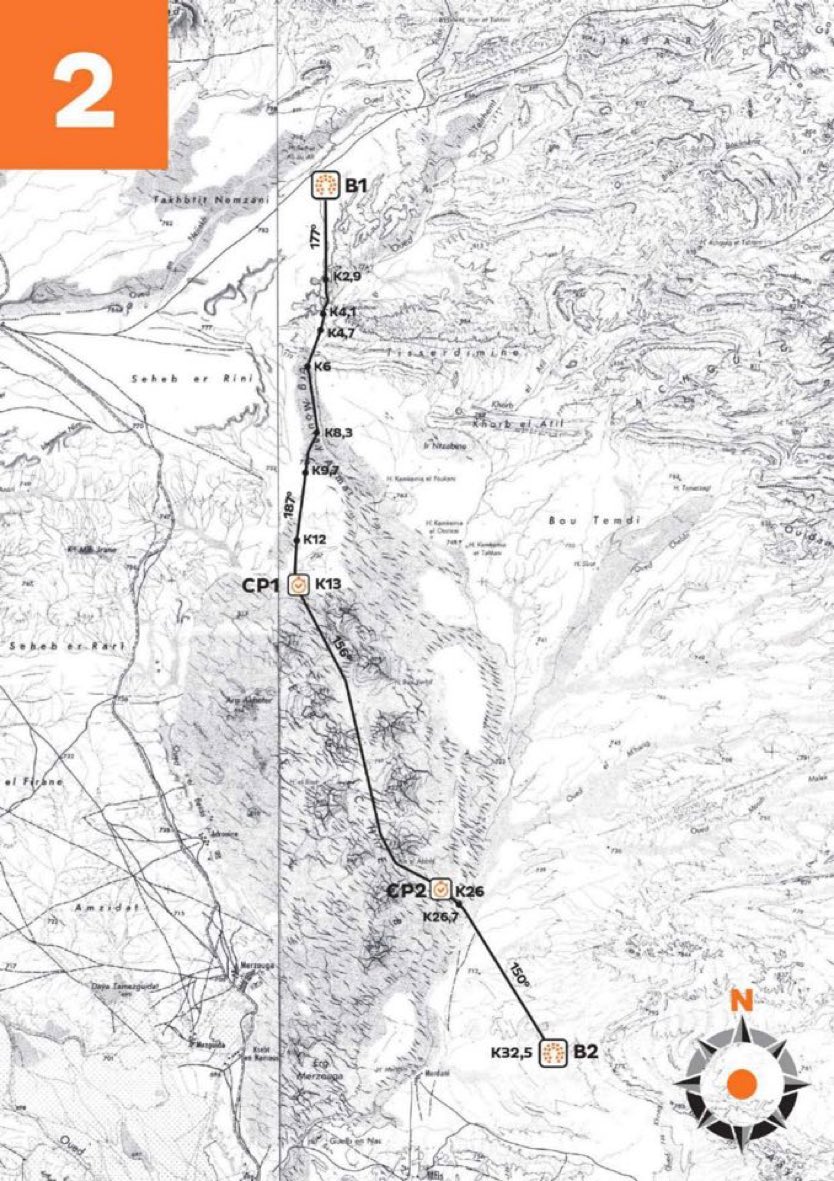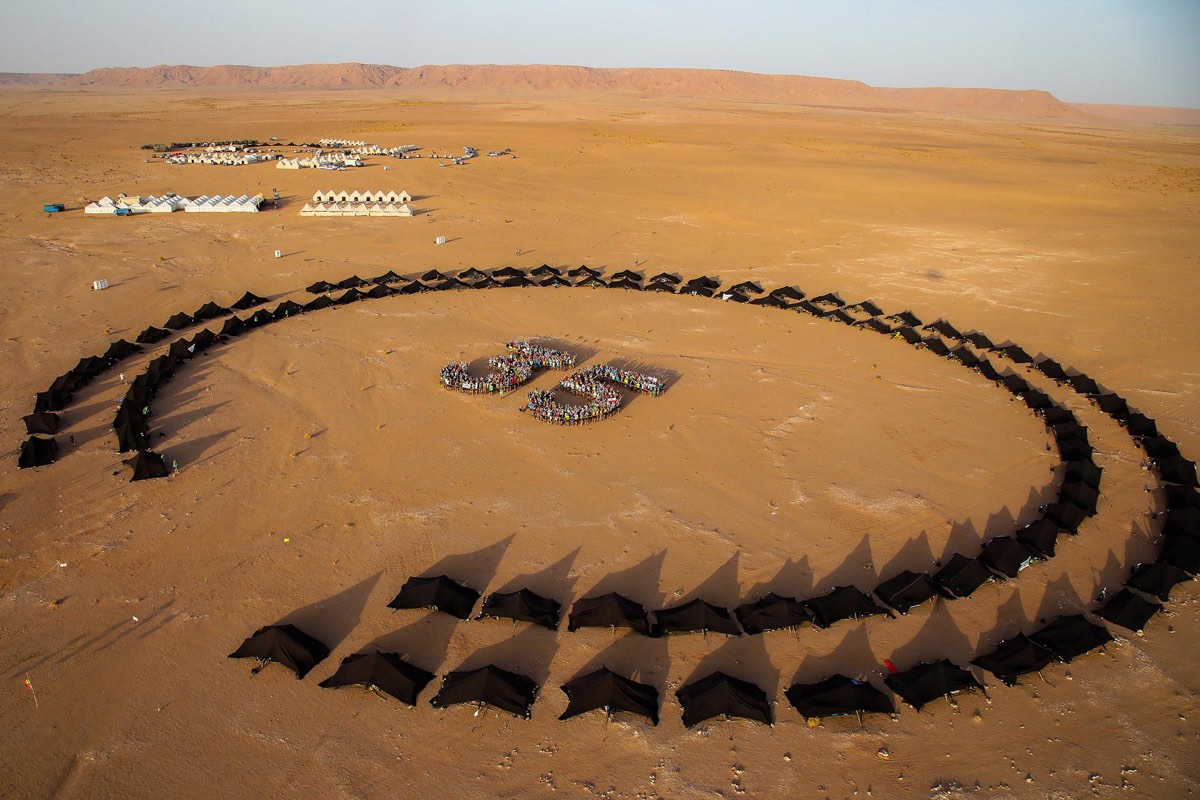A French ultrarunner has died during the second stage of the 2021 Marathon des Sables. The famed desert race, which takes place in Morocco, covers 155 miles (250 kilometers) over seven days, traversing sand dunes and baked desert plains in an arid climate where mid-day temperatures easily reach 120 degrees Fahrenheit (48 degrees Celsius). Participants must carry their own equipment including food, camping materials, and survival gear along with water rations supplied by the race organization.
The runner’s name is being kept anonymous to respect the privacy of his family. But according to a press release from the race organization, the runner was in his mid fifties, an experienced ultrarunner, and proven perfectly fit by a doctor prior to the race during his mandatory pre-race medical checks. He had successfully completed the first stage the day prior without issues, but around 5 p.m. Greenwich Mean Time on Monday, October 4, the runner experienced a syncopal episode. By this time, runners were deep in the Merzouga Dunes, a sweeping landscape of enormous sand dunes.

Runners cross Morocco’s Merzouga Dunes during the 2019 Marathon des Sables. This year’s accident took place in these dunes. Photo: Cimbaly_MDS2019@VCampagnie
As soon as the runner fell to the ground, two other race participants, who happened to be doctors, ran to his side. They activated his SOS beacon and began chest compressions. According to the race organization. “The event’s Medical Director arrived on the scene within minutes by helicopter and took over from the participants.” Sadly, after 45 minutes of resuscitation efforts, the runner was pronounced dead.
Race director Patrick Bauer announced the news to other participants the evening of October 4 before they bedded down for the night at the race’s bivouac, which serves each day as a stage finish line, a campground for the night, and the next day’s starting line. The race will observe a moment of silence prior to starting the third stage of the race on October 5, and a psychological assistance unit has been set up by the race for those who may need it.
Below is the race organization’s route map for October 4’s Stage 2, a 20.2-mile (32.5-kilometer) stage. The runners traveled in a southerly direction from Bivouac 1 (labeled B1) to Bivouac 2 (B2), crossing the Merzouga Dunes for approximately 8 miles (13 kilometers) between Checkpoints 1 and 2 (CP 1 and CP 2). The checkpoints serve as places where runners check in, get water, can rest in the shade, and seek medical assistance if needed.

A map showing the 2021 Marathon des Sables Stage 2 route through the Merzouga Dunes. Image: Marathon des Sables
Two other runners have died while completing the Marathon des Sables over the race’s 35-year history. To ensure the highest possible precautions are taken, runners are checked by a doctor within about one month before the start of the race, and must obtain an electrocardiogram (a monitor reading that checks for heart conditions) in order to start the race. Runners and their doctors’ reports are checked once again upon arrival to the race.
The Marathon des Sables has declared they will continue the race, and continue to honor their “brother of the sands.”
The iRunFar family has a long history with the Marathon des Sables, with its editorial team having finished the race seven times. We are so sad to make this report, and grieve with all who feel this tragedy.

